Home>Articles>How Long To Cook A Pork Roast In An Electric Pressure Cooker
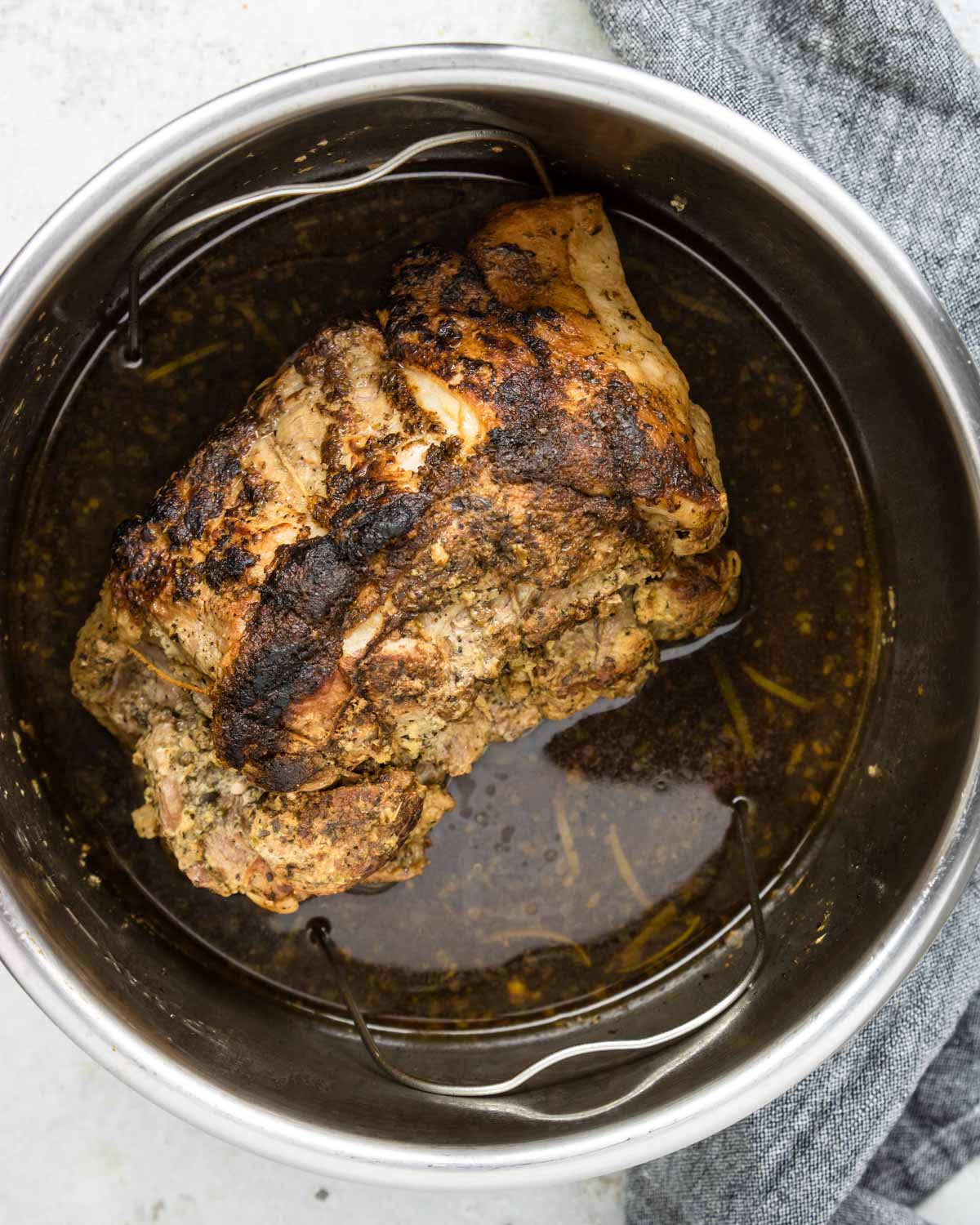

Articles
How Long To Cook A Pork Roast In An Electric Pressure Cooker
Modified: February 23, 2024
Discover the perfect cooking time for a pork roast in an electric pressure cooker with our informative articles. Find expert tips and delicious recipes to make your meal a success.
(Many of the links in this article redirect to a specific reviewed product. Your purchase of these products through affiliate links helps to generate commission for Storables.com, at no extra cost. Learn more)
Introduction
Welcome to the world of cooking with an electric pressure cooker! If you’re a fan of tender, succulent, and flavorful pork roast, then you’re in for a treat. Cooking a pork roast in an electric pressure cooker not only saves you time and effort, but it also ensures that your roast turns out perfectly cooked every single time.
Electric pressure cookers have gained immense popularity in recent years due to their convenience and ability to cook food quickly without sacrificing taste. These modern kitchen appliances utilize the power of steam and pressure to cook food faster than traditional cooking methods.
In this article, we will explore the benefits of cooking a pork roast in an electric pressure cooker and guide you through the step-by-step process of achieving a mouthwatering pork roast that will impress your family and friends.
So sit back, relax, and get ready to unlock the full potential of your electric pressure cooker as we embark on this culinary journey together.
Key Takeaways:
- Cooking a pork roast in an electric pressure cooker offers time-saving, tender, and flavorful results. With proper preparation, seasoning, and cooking techniques, you can achieve a mouthwatering centerpiece for any meal.
- Pairing the pork roast with suggested side dishes like mashed potatoes, roasted vegetables, or maple-glazed carrots elevates the culinary experience. Utilize helpful tips and tricks to enhance the flavors and create a perfectly cooked and delicious pork roast.
Benefits of Cooking Pork Roast in an Electric Pressure Cooker
When it comes to cooking a pork roast, using an electric pressure cooker is a game-changer. Here are some of the key benefits of using this versatile kitchen appliance:
- Time-saving: One of the biggest advantages of cooking a pork roast in an electric pressure cooker is the significant reduction in cooking time. What might usually take hours to cook can be done in a fraction of the time using a pressure cooker. This is especially beneficial for busy individuals who crave a delicious home-cooked meal but don’t have hours to spare.
- Tender and juicy results: Electric pressure cookers excel at transforming tough cuts of meat into tender and succulent masterpieces. The combination of steam and pressure helps break down the collagen in the meat, resulting in a roast that is incredibly moist and fork-tender.
- Flavor infusion: The sealed environment of an electric pressure cooker allows flavors to meld and penetrate the meat thoroughly. This means that your pork roast will not only be tender but also packed with flavor. Additionally, the pressure cooker helps to retain the natural juices of the meat, resulting in a more flavorful end result.
- Energy-efficient: Electric pressure cookers are known for their energy efficiency. They cook food faster and require less energy compared to traditional cooking methods. So not only are you saving time, but you’re also saving on energy consumption.
- Versatility: An electric pressure cooker can do much more than just cook a pork roast. It can be used for a wide variety of recipes, from stews and soups to rice and desserts. Investing in an electric pressure cooker opens up a world of culinary possibilities and allows you to experiment with different flavors and cuisines.
There’s no denying the numerous benefits that come with cooking a pork roast in an electric pressure cooker. Not only does it save you time and energy, but it also guarantees tender, juicy, and flavorful results every time. So why wait? Dust off your pressure cooker and let’s get cooking!
Choosing the Right Cut of Pork Roast
When it comes to cooking a pork roast in an electric pressure cooker, choosing the right cut of meat is crucial. Different cuts of pork have varying levels of tenderness and fat content, which can impact the cooking time and the final result of your dish. Here are a few popular cuts of pork roast to consider:
- Pork Shoulder: Also known as pork butt or Boston butt, the pork shoulder is a well-marbled and flavorful cut. It’s ideal for slow cooking methods like roasting or braising in an electric pressure cooker. The pork shoulder yields tender and juicy meat that shreds easily, making it perfect for pulled pork recipes.
- Pork Loin: The pork loin is a lean and tender cut of meat. It’s often sold boneless and can be cooked whole or sliced into chops. The pork loin cooks relatively quickly in an electric pressure cooker and is great for dishes that require slices of juicy, flavorful pork.
- Pork Tenderloin: The pork tenderloin is the leanest and most tender cut of pork. It’s a smaller piece of meat that cooks quickly and is perfect for those looking for a healthier option. Pork tenderloin can be seasoned and cooked whole or cut into medallions for faster cooking times.
- Pork Rib Roast: If you’re craving a show-stopping centerpiece for a special occasion, a pork rib roast is a fantastic choice. This cut features the bone-in rib section of the pig and is known for its exceptional flavor and tenderness. Cooking a pork rib roast in an electric pressure cooker ensures a moist and flavorful result.
When selecting a cut of pork roast, consider factors like cooking time, tenderness, and personal preference. If you’re unsure, consult with your local butcher or meat department for recommendations based on your desired outcome and recipe.
Now that you’ve identified the perfect cut of pork roast, let’s move on to preparing the meat for cooking.
Preparing the Pork Roast for Cooking
Before you begin cooking your pork roast in an electric pressure cooker, it’s essential to properly prepare the meat. Follow these steps to ensure that your pork roast is ready for a delicious culinary adventure:
- Trim excess fat: Take a moment to trim any excess fat from the surface of the pork roast. While some fat can add flavor, too much can result in a greasy finished product. Leave a thin layer of fat to keep the meat moist during the cooking process.
- Season the meat: Seasoning your pork roast is key to enhancing the flavors of the meat. You can keep it simple with a combination of salt and pepper, or get creative by adding herbs and spices that complement your preferred flavors.
- Sear the meat (optional): For an extra layer of flavor and texture, consider searing the pork roast before pressure cooking. Heat a tablespoon of oil in the pressure cooker on the sauté setting and brown the roast on all sides. This step adds a beautiful caramelization to the meat, resulting in a more visually appealing and flavorful dish.
- Add aromatics (optional): To further enhance the flavor profile of your pork roast, consider adding aromatics such as onions, garlic, and herbs to the pressure cooker. These ingredients will infuse the meat with their delightful essence as it cooks under pressure.
- Bring the pork roast to room temperature: It’s important to allow the pork roast to come to room temperature before cooking to ensure even cooking throughout. Take the roast out of the refrigerator and let it sit on the counter for about 30 minutes before placing it in the electric pressure cooker.
By properly preparing the pork roast, you are setting the stage for a flavorsome and tender end result. Whether you choose to sear the meat or add aromatic ingredients, these steps will contribute to an unforgettable dining experience. Now it’s time to explore different seasoning options to elevate the taste of your pork roast further.
Seasoning Options for a Flavorful Pork Roast
Seasoning is the key to infusing your pork roast with delicious flavors that will make it truly unforgettable. Here are some seasoning options to consider for a flavorful pork roast cooked in an electric pressure cooker:
- Classic Salt and Pepper: Sometimes, simplicity is best. A generous amount of salt and freshly ground black pepper can bring out the natural flavors of the pork roast. Make sure to season all sides of the meat evenly for optimal taste.
- Herb-Rubbed: Create a flavorful herb rub by combining herbs like rosemary, thyme, sage, and garlic powder. Mix them with salt and pepper, and rub the mixture all over the pork roast. The combination of fresh herbs and spices will add depth and complexity to the dish.
- Sweet and Savory: For a unique flavor profile, try a sweet and savory seasoning blend. Combine brown sugar, cinnamon, paprika, garlic powder, salt, and pepper in a bowl. Generously coat the pork roast with this mixture, creating a caramelized crust during cooking that complements the natural sweetness of the meat.
- Asian-inspired: Infuse your pork roast with the flavors of Asia by using a marinade or rub featuring ingredients like soy sauce, ginger, garlic, five-spice powder, and sesame oil. These bold and aromatic flavors will take your pork roast to a whole new level of deliciousness.
- Barbecue-style: If you’re a fan of barbecue flavors, consider using a dry rub or barbecue sauce to season your pork roast. Combine spices like chili powder, smoked paprika, brown sugar, garlic powder, and onion powder to create a smoky and tangy crust on the pork roast. Alternatively, you can slather the pork roast in your favorite barbecue sauce before cooking.
Don’t be afraid to get creative and experiment with different seasoning options to suit your taste preferences. The beauty of cooking with an electric pressure cooker is that it allows you to easily infuse bold and robust flavors into your pork roast.
Now that we’ve covered seasoning options, it’s time to dive into the step-by-step process of cooking a perfect pork roast in an electric pressure cooker. Strap on your apron and get ready to master the art of pressure cooking!
Read more: How Long To Cook Pork Roast On Stove Top
Steps for Cooking a Pork Roast in an Electric Pressure Cooker
Now that you have chosen the right cut of pork roast and seasoned it to perfection, it’s time to bring out the electric pressure cooker and start cooking. Follow these simple steps to achieve a perfectly cooked and flavorful pork roast:
- Preheat the pressure cooker: Begin by preheating your electric pressure cooker on the sauté or browning function. This step helps to sear the meat and lock in the flavors. If your pressure cooker does not have a preheat function, you can skip this step and move directly to the next one.
- Add oil: Once the pressure cooker is preheated, add a tablespoon of oil to the pot. Swirl the oil around to coat the bottom evenly. This will prevent the pork roast from sticking to the bottom of the pot.
- Sear the pork roast: Gently place the seasoned pork roast into the pressure cooker. Sear each side of the roast for a few minutes, until it develops a golden brown crust. This step enhances the flavor and texture of the roast.
- Add liquid: After searing the pork roast, add a flavorful liquid to the pressure cooker. This can be broth, stock, wine, or a combination of liquids. The liquid helps to create steam and build pressure within the cooker, resulting in a moist and tender pork roast.
- Secure the lid: Once you’ve added the liquid, secure the lid on the electric pressure cooker according to the manufacturer’s instructions. Ensure that the pressure release valve is set to the sealing position to allow pressure to build up.
- Select the cooking time: Set the timer on the pressure cooker based on the recommended cooking time for your specific cut of pork roast. Different pressure cookers may have different settings, so refer to your appliance’s manual or recipe guidelines for the appropriate cooking time.
- Cook under pressure: Start the pressure cooking function on your electric pressure cooker. The cooker will heat up, build pressure, and begin cooking the pork roast at the designated cooking time. The pressure cooking process ensures that the meat becomes tender and flavorful.
- Natural or quick pressure release: Once the cooking time is complete, you can perform either a natural pressure release or a quick pressure release. A natural pressure release involves allowing the pressure to release naturally over time, which can take around 10 to 15 minutes. A quick pressure release involves carefully and gradually releasing the pressure using the release valve. Consult your pressure cooker’s manual for the recommended release method.
- Test for doneness: After the pressure has been released, carefully open the lid of the pressure cooker. Test the doneness of the pork roast by inserting a meat thermometer into the thickest part of the meat. The internal temperature should reach a minimum of 145°F (63°C) for safe consumption.
- Let the pork roast rest: Remove the pork roast from the pressure cooker and let it rest on a cutting board for a few minutes before slicing. This allows the juices to redistribute throughout the meat, resulting in a juicier and more flavorful pork roast.
Following these steps will ensure that you achieve a perfectly cooked pork roast using your electric pressure cooker. Now all that’s left to do is enjoy the fruits of your culinary labor!
Cook a pork roast in an electric pressure cooker for 20 minutes per pound at high pressure, then allow for a natural release for 10-15 minutes before opening the cooker.
Adjusting Cooking Time for Different Sizes of Pork Roast
Cooking a pork roast to perfection relies on getting the cooking time just right. The cooking time will vary depending on the size and thickness of the pork roast. Here’s a general guideline for adjusting the cooking time based on different sizes of pork roast:
- Small Pork Roast: If you have a small pork roast, around 2 to 3 pounds, the cooking time can range from 25 to 30 minutes under pressure. Remember to factor in the time it takes for the pressure cooker to come to pressure before the actual cooking time begins.
- Medium Pork Roast: For a medium-sized pork roast, weighing around 4 to 5 pounds, increase the cooking time to approximately 35 to 40 minutes. This will ensure that the larger piece of meat cooks through while becoming tender and juicy.
- Large Pork Roast: A larger pork roast, around 6 to 8 pounds, will require a longer cooking time to reach the desired tenderness. Plan for a cooking time of around 45 to 50 minutes to ensure thorough cooking. Cooking times may vary, so it’s essential to use a meat thermometer to check for doneness.
Keep in mind that these cooking times are just rough estimates, and it’s crucial to monitor the internal temperature of the pork roast using a reliable meat thermometer. The pork roast should reach a minimum internal temperature of 145°F (63°C) for safe consumption.
It’s important to note that the cooking time can also be influenced by factors such as the specific cut of pork, the thickness of the roast, and the pressure cooker brand or model. It’s always recommended to consult the user manual of your electric pressure cooker and any specific recipe guidelines you may be following.
By adjusting the cooking time based on the size of your pork roast, you’ll ensure that it is cooked to perfection, tender, and bursting with flavor.
Now that you know how to adjust the cooking time, let’s move on to testing the doneness of the pork roast.
Testing the Doneness of the Pork Roast
Testing the doneness of your pork roast is crucial to ensure that it’s cooked to perfection and safe to eat. Here are a few methods you can use to determine if your pork roast is done:
- Meat Thermometer: The most reliable way to check the doneness of a pork roast is by using a meat thermometer. Insert the thermometer into the thickest part of the meat, making sure it doesn’t touch any bones. The internal temperature should reach a minimum of 145°F (63°C) for safe consumption. Keep in mind that larger cuts of pork will continue to cook a little after being removed from the heat, so you can remove the roast from the cooker when it reaches a slightly lower internal temperature and let it rest for a few minutes.
- Visual Inspection: While a meat thermometer is the most accurate method, visual cues can also indicate the doneness of a pork roast. A properly cooked pork roast will have a golden brown crust on the outside and the meat should be moist and tender. If you’re unsure, you can make a small cut in the center of the roast to check if the juices run clear.
- Fork Test: Another simple method to check the doneness of a pork roast is the fork test. Insert a fork into the center of the roast and gently twist it. If the pork is tender and easily pulls apart, it is likely cooked to perfection. If the meat is still tough and resists the fork, it needs to cook a little longer.
Regardless of the method you choose, it’s important not to overcook the pork roast, as it can become dry and tough. It’s always better to slightly undercook the roast and let it rest, as it will continue to cook and reach the desired temperature during the resting period.
Once your pork roast is perfectly cooked and passes your doneness test, it’s time to remove it from the pressure cooker and let it rest before serving.
Speaking of rest, let’s explore why it’s important to allow your pork roast to rest after cooking.
Letting the Pork Roast Rest Before Serving
After the pork roast is cooked to perfection in your electric pressure cooker, it’s essential to let it rest before diving in. Resting allows the juices within the meat to redistribute, resulting in a more tender and flavorful roast. Here’s why it’s important to let the pork roast rest:
- Juice Retention: Allowing the pork roast to rest after cooking helps to retain its natural juices. As the meat cooks, the juices move towards the center. Resting allows these juices to redistribute throughout the roast, ensuring a moist and succulent final result when you carve into it.
- Tenderization: Resting gives the proteins in the pork a chance to relax. This helps to tenderize the meat and results in a more enjoyable texture when you slice into the roast. Resting also allows the flavors to meld together, enhancing the overall taste of the dish.
- Easier Carving: Resting the pork roast makes it much easier to carve without losing its shape or causing excessive juices to run out. This is especially important if you’re looking to present your pork roast as an impressive centerpiece for a special occasion meal.
- Food Safety: Another benefit of letting the pork roast rest is that it allows the internal temperature of the meat to stabilize. This ensures that any residual heat continues to cook the pork while keeping it at a safe temperature to prevent the growth of harmful bacteria.
As a general guideline, let the pork roast rest for about 10 to 15 minutes before carving and serving. During this time, loosely tent the roast with foil to keep it warm without trapping too much steam, which can compromise the texture and crispness of the outer layer.
While it can be tempting to dive right into the delicious aroma of a freshly cooked pork roast, a little patience can go a long way in ensuring a delectable dining experience. Resting allows the flavors and textures to reach their full potential, resulting in a memorable meal for you and your guests.
Now that your pork roast has had its well-deserved rest, it’s time to explore some suggested side dishes to complement the flavors of the roast.
Suggested Side Dishes to Serve with a Pork Roast
When it comes to choosing the perfect side dishes to accompany a succulent pork roast, there are plenty of delicious options to consider. Here are some suggested side dishes that will complement and elevate the flavors of your pork roast:
- Mashed Potatoes: Creamy, buttery mashed potatoes are a classic and comforting side dish that pairs wonderfully with pork roast. The smooth texture and rich flavors of mashed potatoes perfectly balance the savory flavors of the pork.
- Roasted Vegetables: Roasting seasonal vegetables like carrots, parsnips, Brussels sprouts, or sweet potatoes enhances their natural sweetness and brings out their caramelized flavors. The roasted vegetables add vibrant colors and delicious textures to your meal.
- Steamed or Roasted Green Beans: Green beans provide a fresh and crunchy element to your meal. Whether steamed or roasted, they add a bright pop of color and a crisp texture that complements the richness of the pork roast.
- Applesauce: Pork and apples are a classic flavor combination. Serving a homemade or store-bought applesauce alongside your pork roast adds a delightful hint of sweetness and tanginess that pairs perfectly with the meat.
- Maple-Glazed Carrots: For a touch of sweetness, consider maple-glazed carrots. The natural sweetness of the carrots is enhanced by the maple glaze, creating a side dish that adds depth to the meal.
- Herbed Rice Pilaf: A fragrant and savory herbed rice pilaf can provide a wonderful contrast to the richness of the pork roast. The combination of herbs and fluffy rice complements the flavors of the meat beautifully.
- Broccoli Salad: A refreshing broccoli salad with a tangy dressing adds a crunchy and refreshing element to your meal. The vibrant colors and textures of this salad make it a great addition to your pork roast feast.
- Brussels Sprouts with Bacon: Brussels sprouts cooked with crispy bacon create a heavenly side dish that balances the flavors and textures of your meal. The smoky saltiness of the bacon pairs exceptionally well with the tender pork roast.
These are just a few suggestions to get you started, but feel free to get creative and mix and match side dishes to suit your preferences. Incorporating a variety of flavors, colors, and textures will enhance your dining experience and create a well-rounded meal.
With your pork roast cooked to perfection and a selection of delicious side dishes, your dinner table is ready to be filled with incredible flavors and happy moments with family and friends.
Before we wrap up, let’s explore some helpful tips and tricks to ensure that your pork roast in an electric pressure cooker turns out flawlessly every time.
Tips and Tricks for Cooking a Perfect Pork Roast in an Electric Pressure Cooker
To ensure that your pork roast in an electric pressure cooker turns out perfectly cooked and bursting with flavor, consider these helpful tips and tricks:
- Choose the right size cooker: Ensure that your electric pressure cooker is large enough to accommodate the size of the pork roast you plan to cook. The cooker should have enough space for the roast and extra liquid without exceeding its maximum fill capacity.
- Use a meat thermometer: Invest in a good-quality meat thermometer to accurately measure the internal temperature of the pork roast. This will help you determine when the meat is safely cooked to the desired doneness.
- Add flavor through liquid: Use flavorful liquids such as broth, stock, wine, or a combination to add depth and taste to the pork roast. These liquids will infuse the meat as it cooks under pressure, resulting in a more flavorful end result.
- Don’t overdo the liquid: While it’s important to have enough liquid to create steam and generate pressure, be cautious not to add excessive liquid. Adding too much liquid can dilute the flavors and result in a watery end product.
- Take advantage of searing: Searing the pork roast before pressure cooking can enhance the flavors and create a delicious crust on the outside of the meat. This step adds depth and visual appeal to your finished dish.
- Experiment with seasonings: Don’t be afraid to get creative with your seasoning choices. Experiment with different herbs, spices, rubs, and marinades to tailor the flavor of the pork roast to your liking.
- Allow for natural pressure release: For the most tender and flavorful results, allow the pressure cooker to naturally release its pressure after the cooking time is up. This gradual release helps the pork roast to retain its moisture and tenderness.
- Use the right cooking time: Adjust the cooking time based on the size and thickness of the pork roast. It’s better to slightly undercook the meat and let it rest, as it will continue to cook during the resting period.
- Let it rest: Always allow the cooked pork roast to rest for a few minutes before carving. This allows the meat to relax and the juices to redistribute, resulting in a more flavorful and tender roast.
- Trim excess fat: While some fat adds flavor and moisture, trim excessive fat from the pork roast before cooking to prevent the meat from becoming greasy. Leave a thin layer of fat to keep the meat moist during the cooking process.
By following these tips and tricks, you will be well on your way to cooking a perfect pork roast in your electric pressure cooker. Remember to have fun, experiment with flavors, and trust your instincts in the kitchen. Before you know it, you’ll be enjoying a delicious and impressive pork roast that will leave your taste buds satisfied.
Now that you’re armed with all the knowledge you need, it’s time to unleash your culinary skills and create a stunning pork roast that will impress your family and friends!
Happy cooking!
(Note: The information provided in this article is intended for general purposes only. Always refer to the specific instructions and recommendations provided by your electric pressure cooker’s manufacturer and follow proper food safety guidelines.)
Conclusion
Cooking a pork roast in an electric pressure cooker is a fantastic way to achieve a tender, flavorful, and hassle-free meal. With the benefits of time-saving, tenderness, flavor infusion, energy-efficiency, and versatility, it’s no wonder why electric pressure cookers have become a popular kitchen staple.
By choosing the right cut of pork roast and properly preparing it with delicious seasonings, you can create a mouthwatering centerpiece for your meal. Following the step-by-step process of cooking in the electric pressure cooker ensures consistent and impressive results each time.
Remember to adjust the cooking time based on the size of the pork roast and use a meat thermometer to ensure the meat is cooked to the desired doneness. Allowing the pork roast to rest before serving guarantees moist and flavorful slices.
Pairing the pork roast with suggested side dishes like mashed potatoes, roasted vegetables, or maple-glazed carrots elevates the culinary experience even further. With a variety of flavor profiles and textures, your meal will be well-rounded and satisfying.
Make use of helpful tips and tricks, such as using flavorful liquids, searing the meat, and experimenting with seasonings, to enhance the flavors of your pork roast. And don’t forget, a little patience and attention to detail go a long way in creating a perfectly cooked and delicious pork roast.
Now that you’re armed with the knowledge and skills to cook a pork roast in an electric pressure cooker like an expert, it’s time to put them into practice and impress your loved ones with a delectable and tender pork roast.
So, go ahead, embrace your inner chef, and enjoy the culinary delights that await you. Happy cooking!
Frequently Asked Questions about How Long To Cook A Pork Roast In An Electric Pressure Cooker
Was this page helpful?
At Storables.com, we guarantee accurate and reliable information. Our content, validated by Expert Board Contributors, is crafted following stringent Editorial Policies. We're committed to providing you with well-researched, expert-backed insights for all your informational needs.
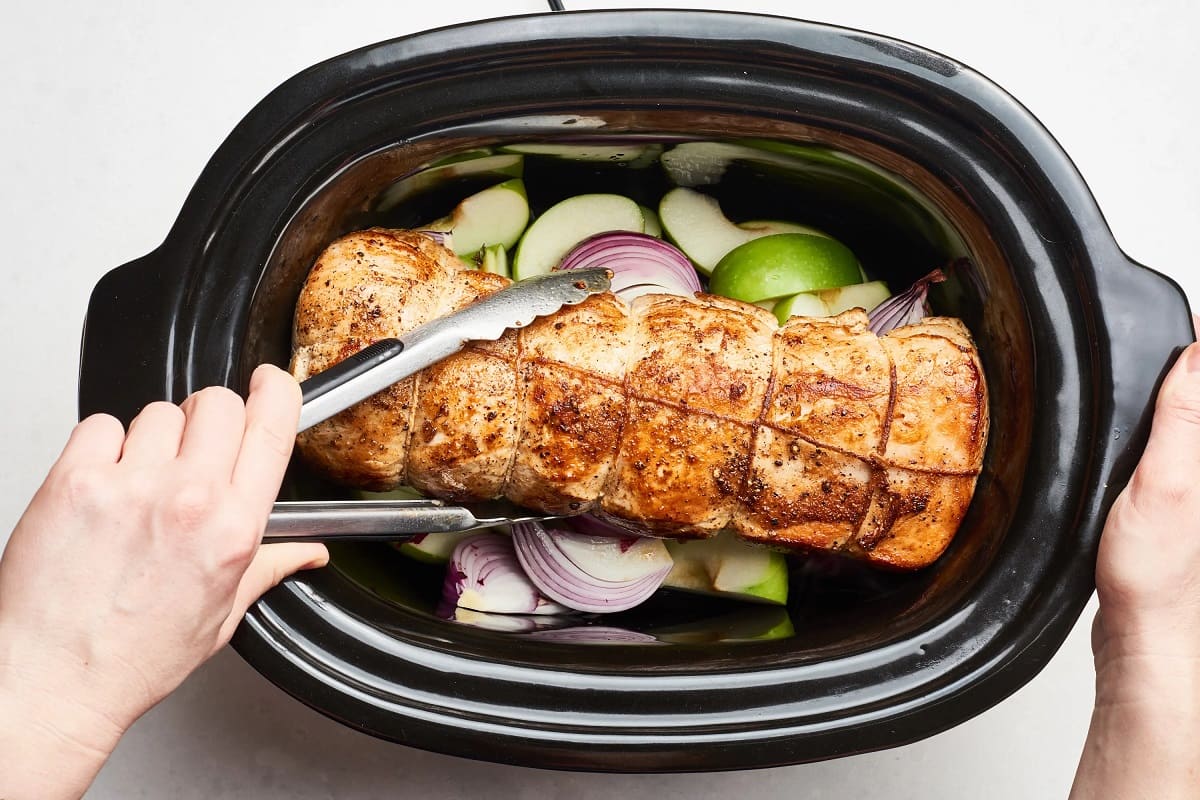

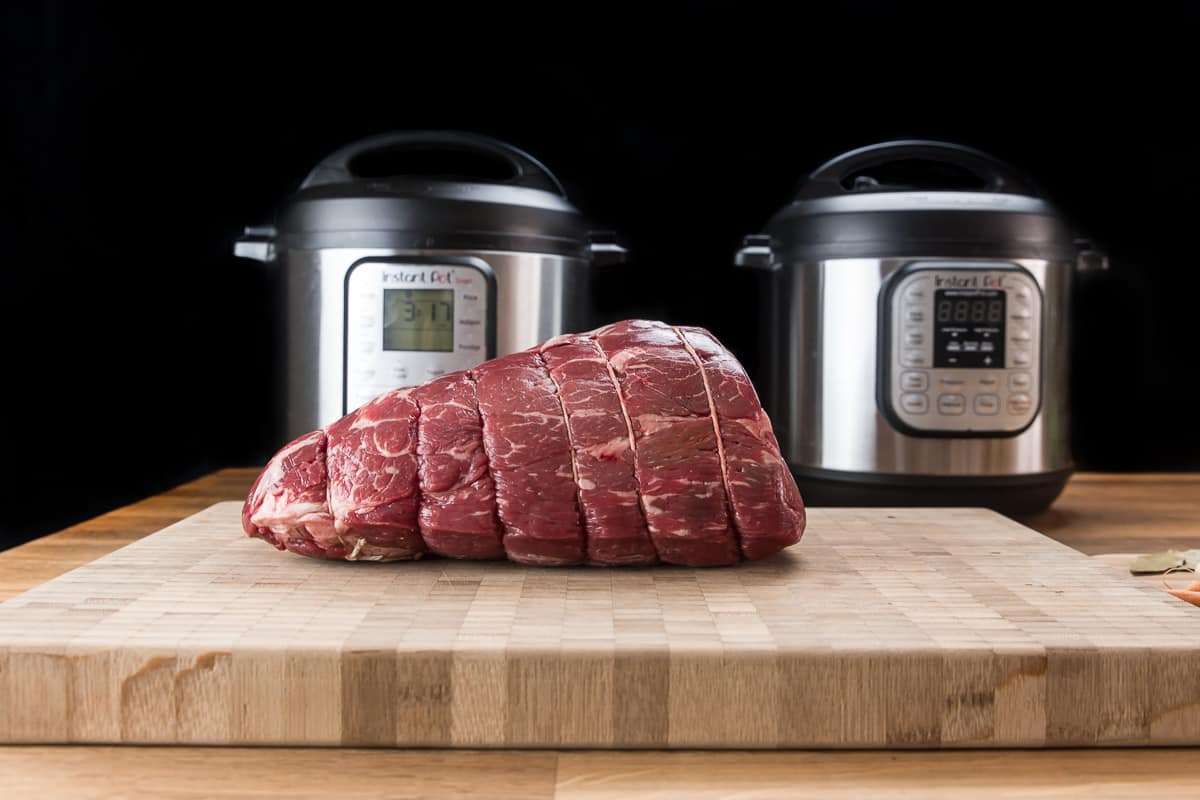
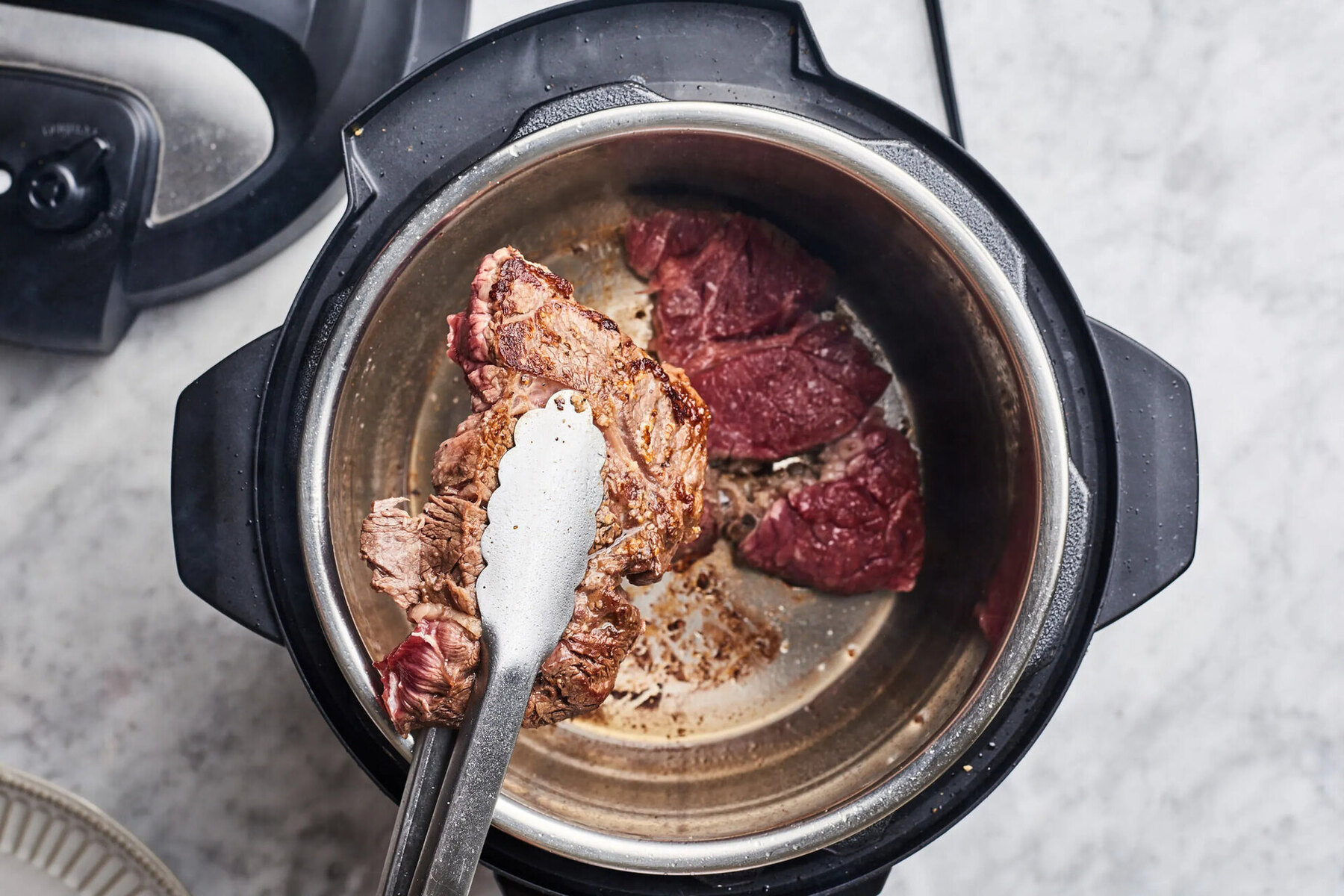
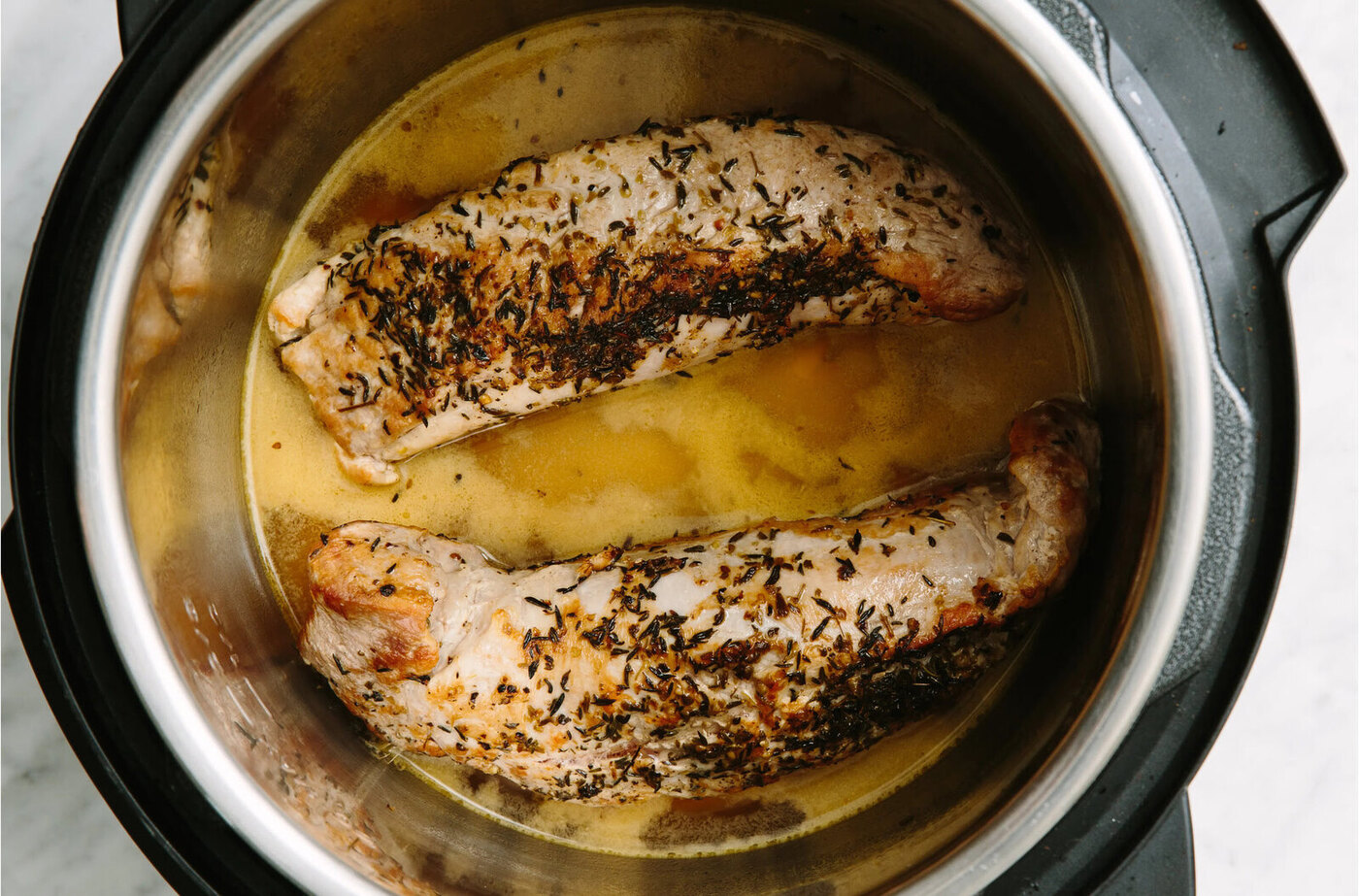
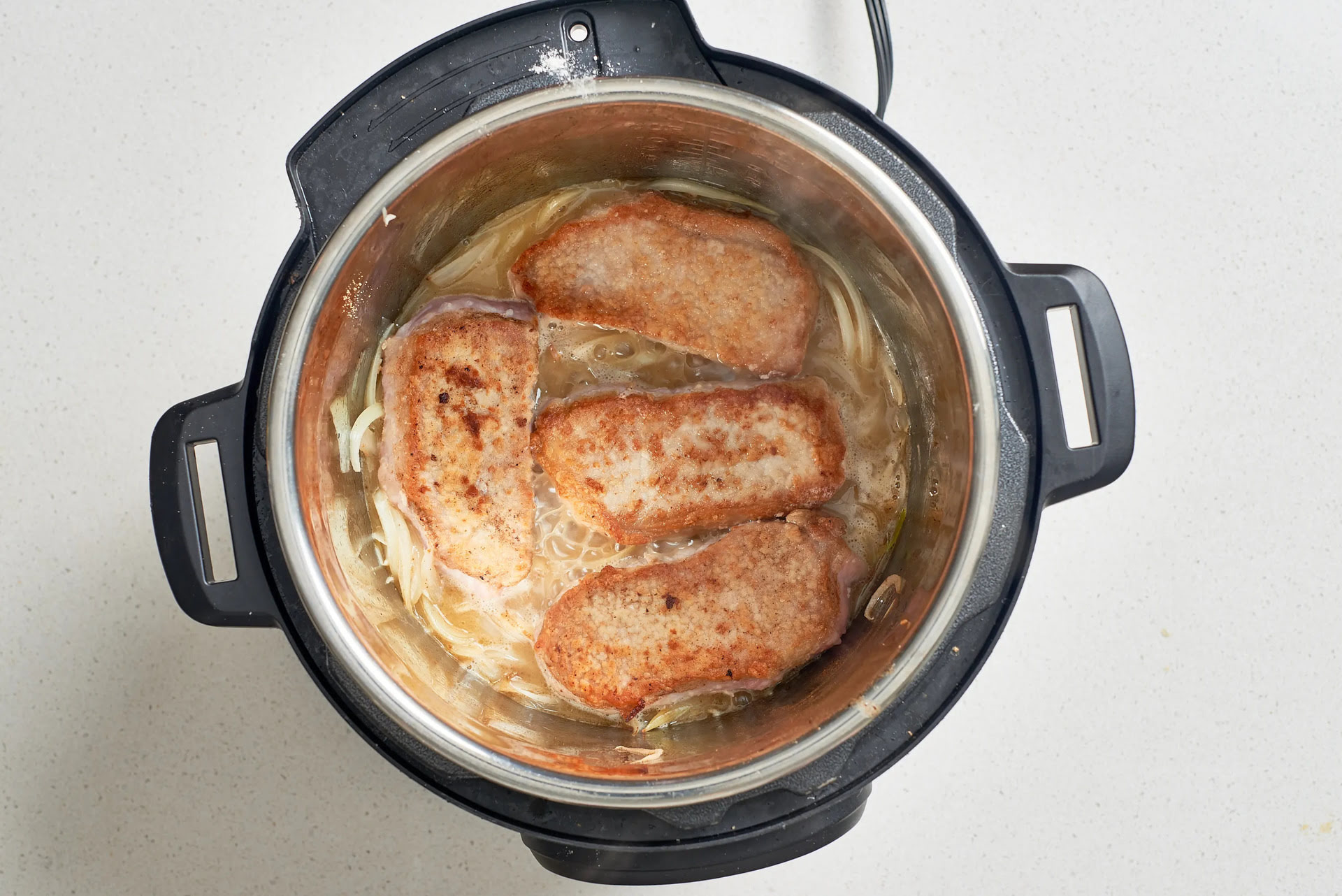
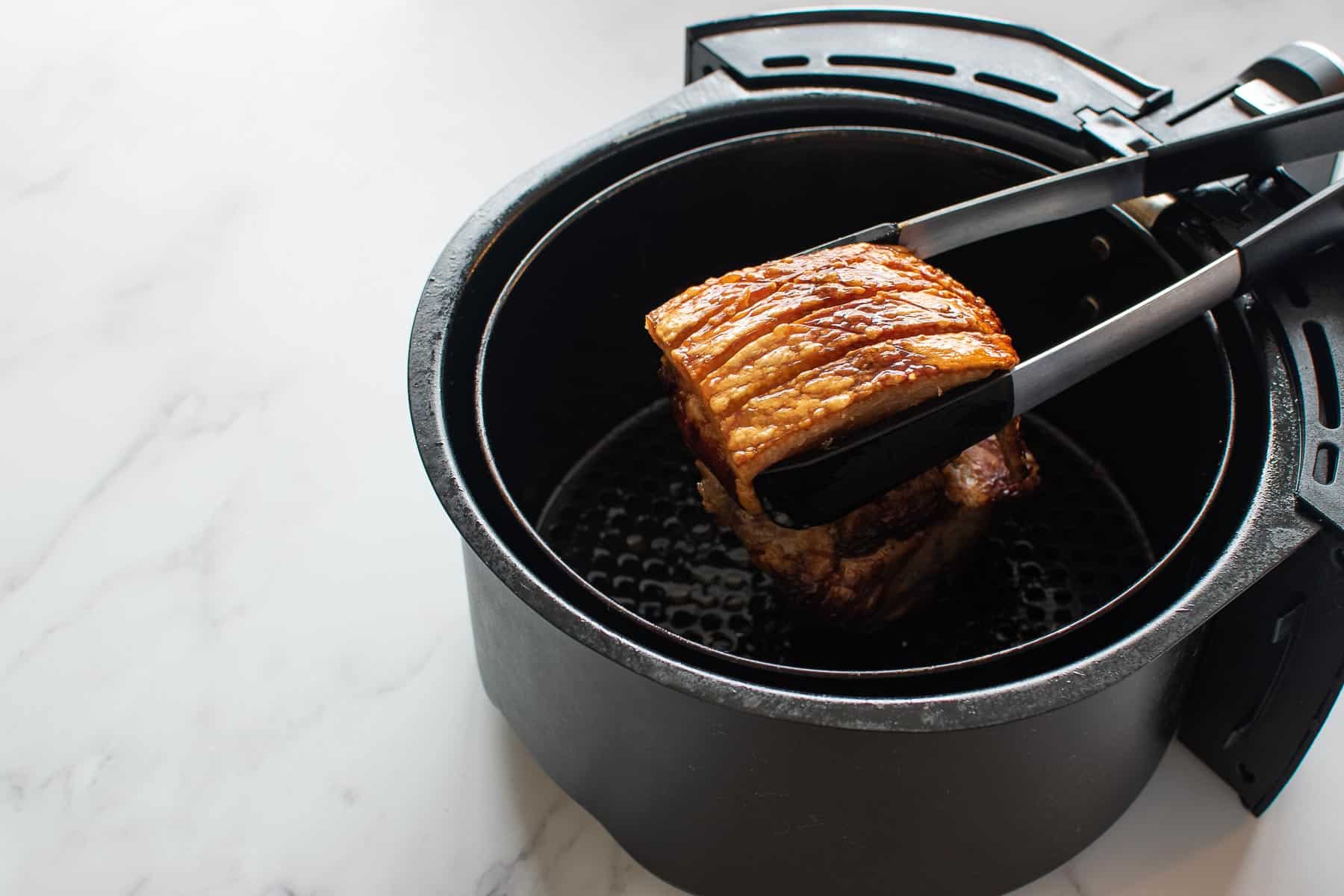
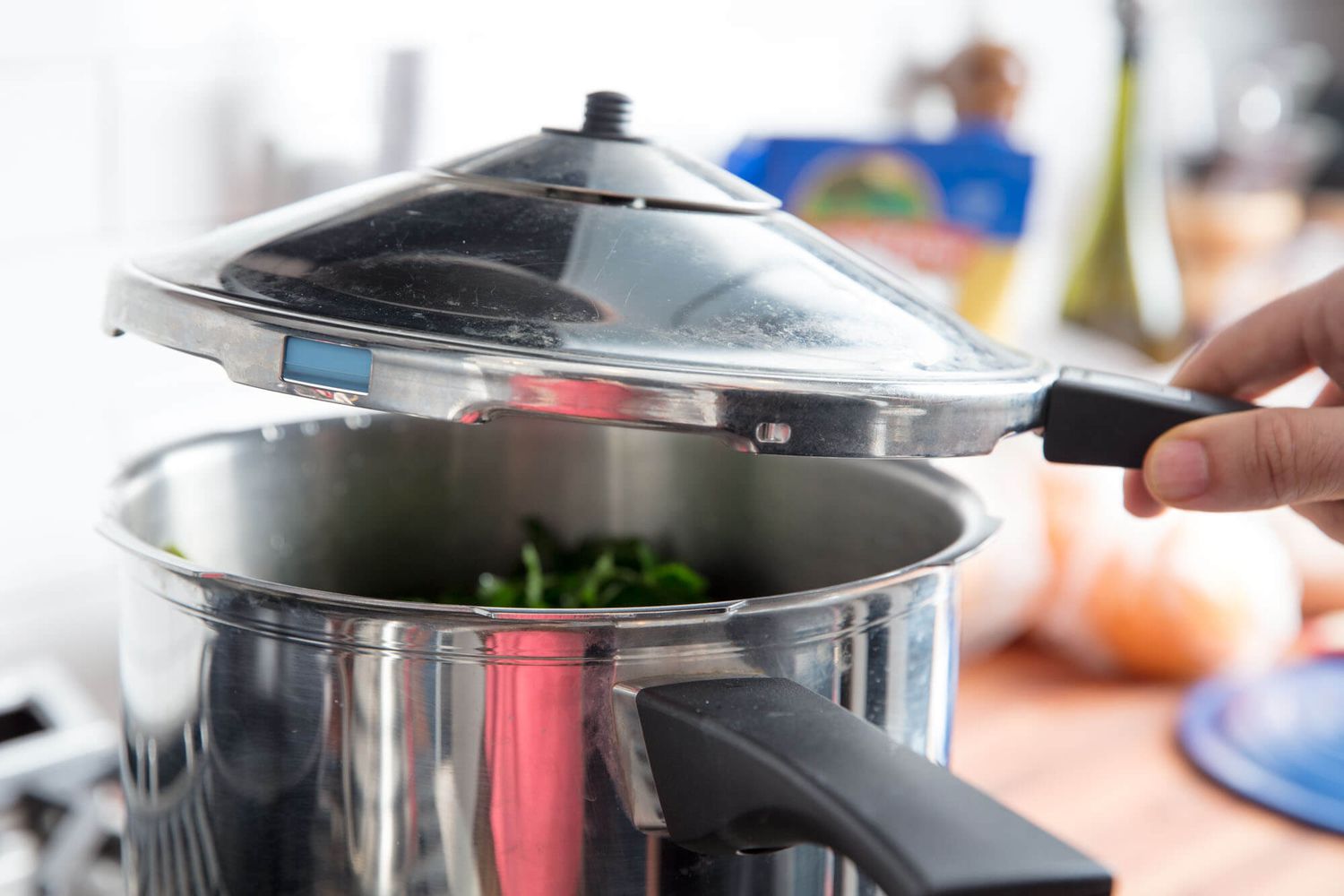
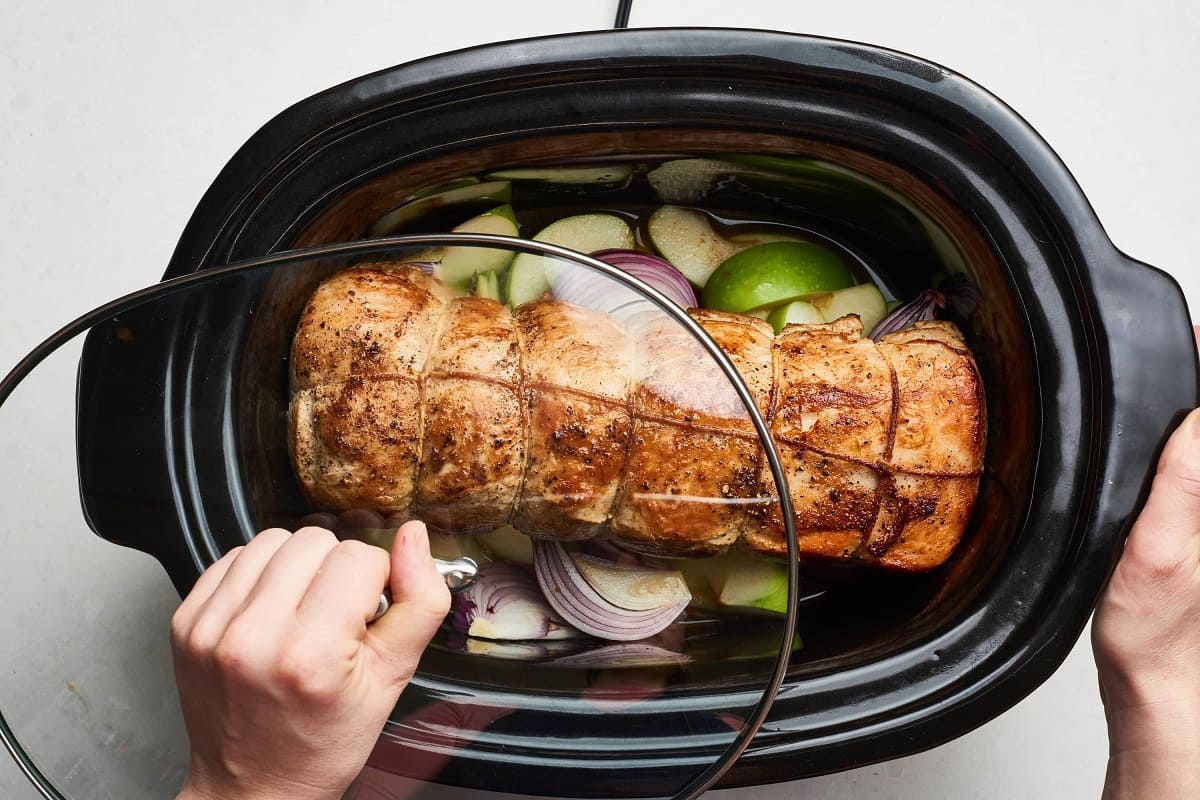
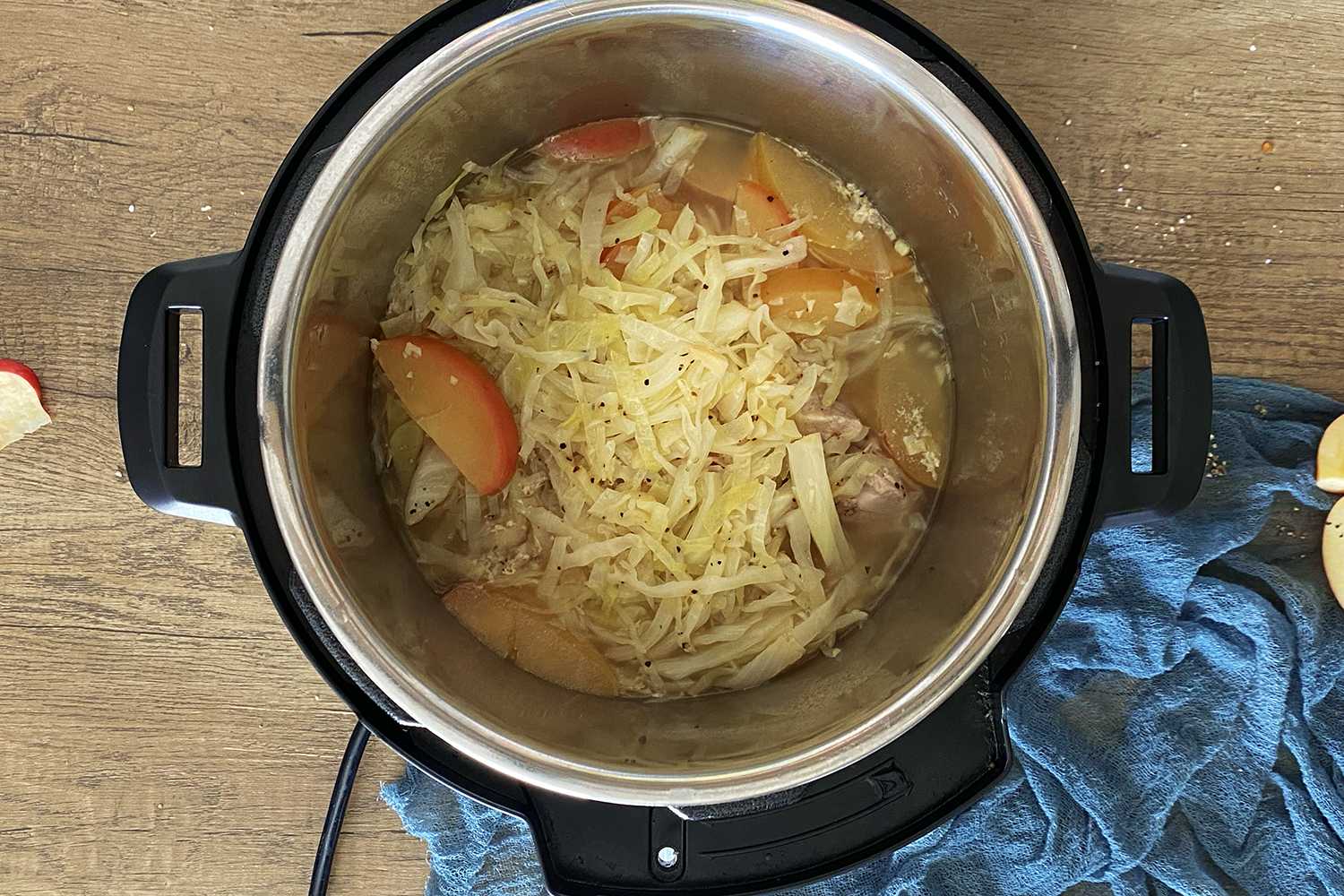
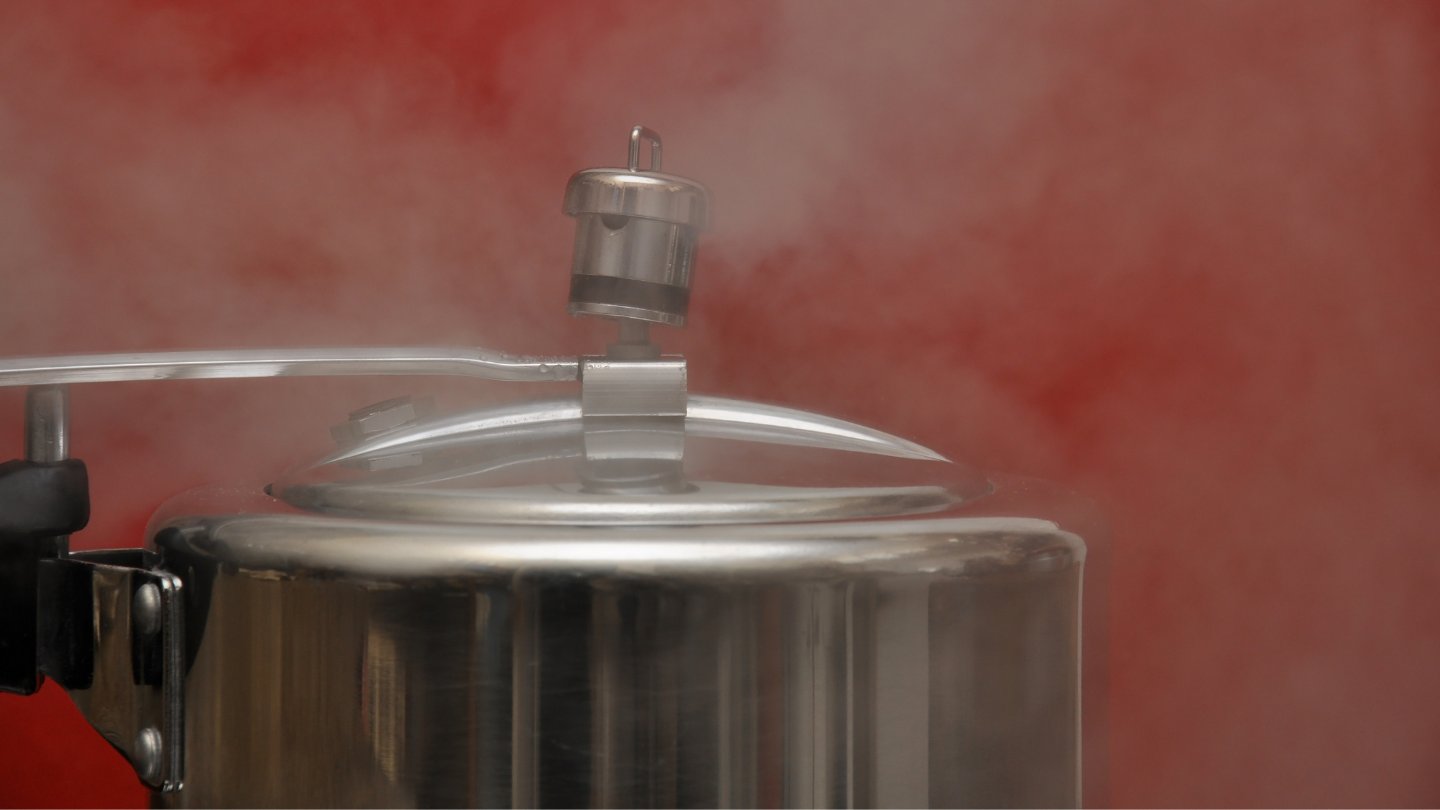
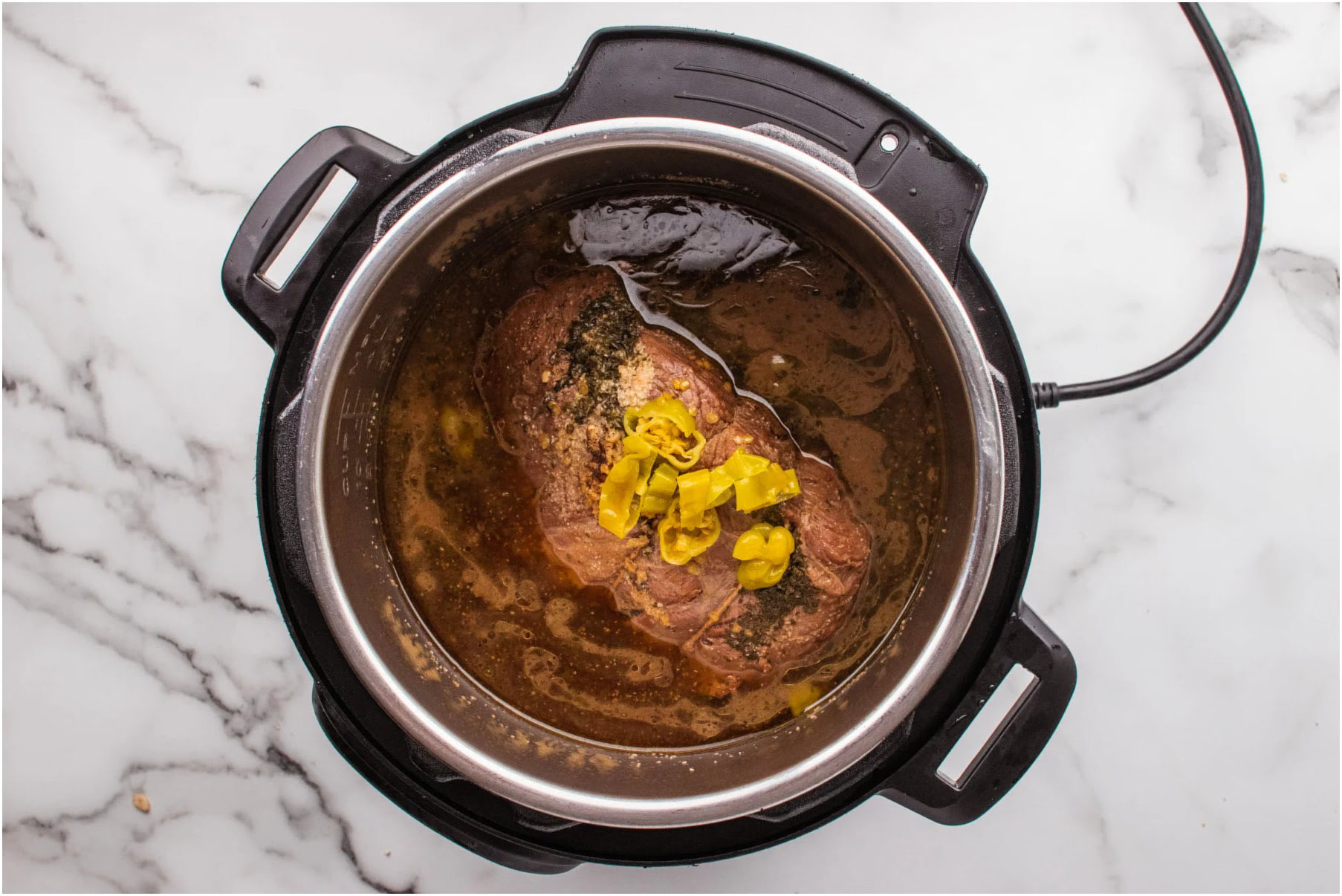
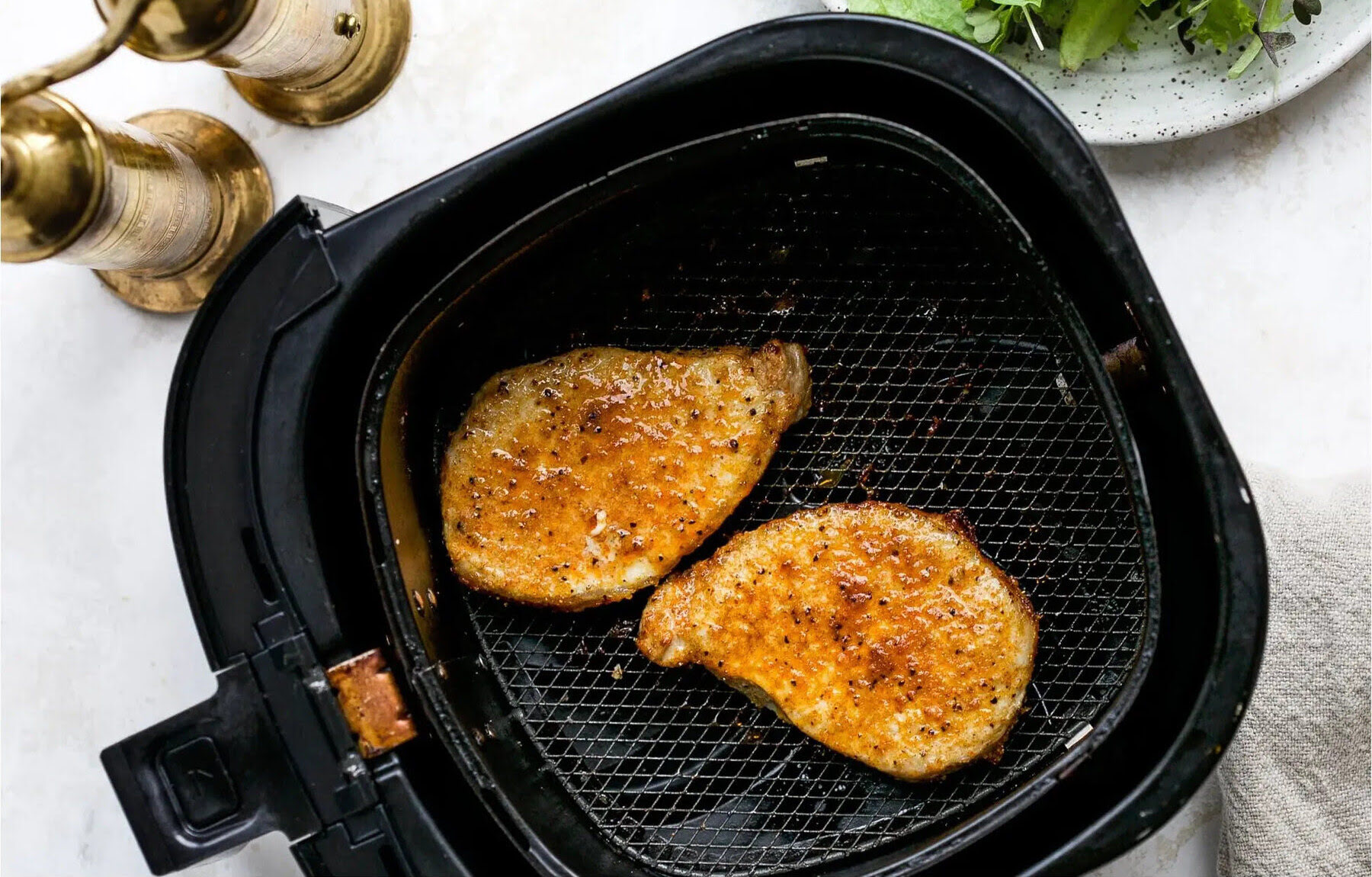

0 thoughts on “How Long To Cook A Pork Roast In An Electric Pressure Cooker”